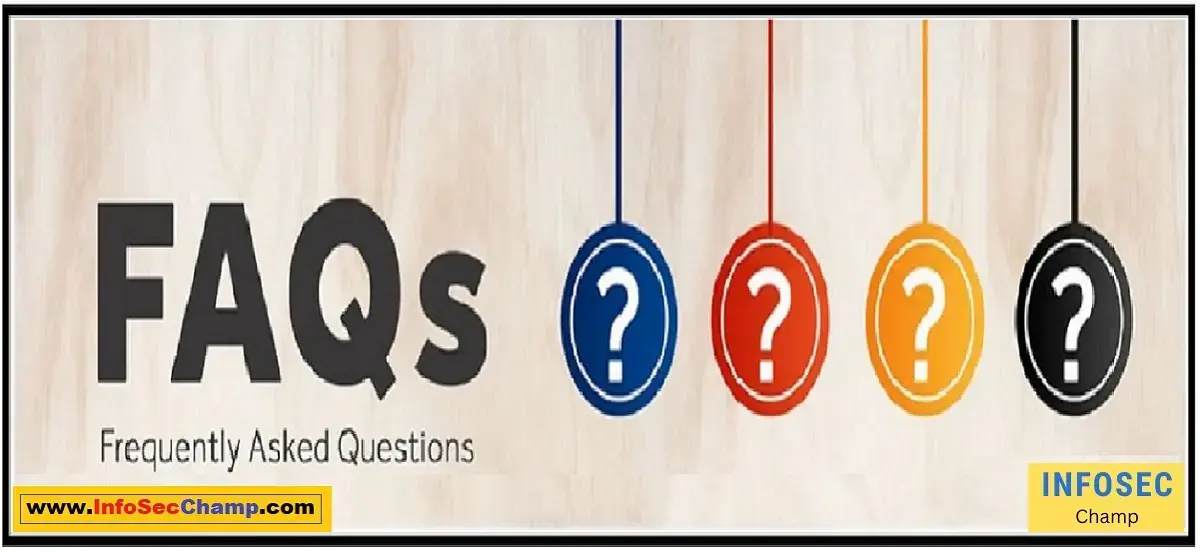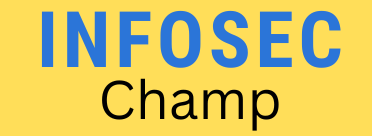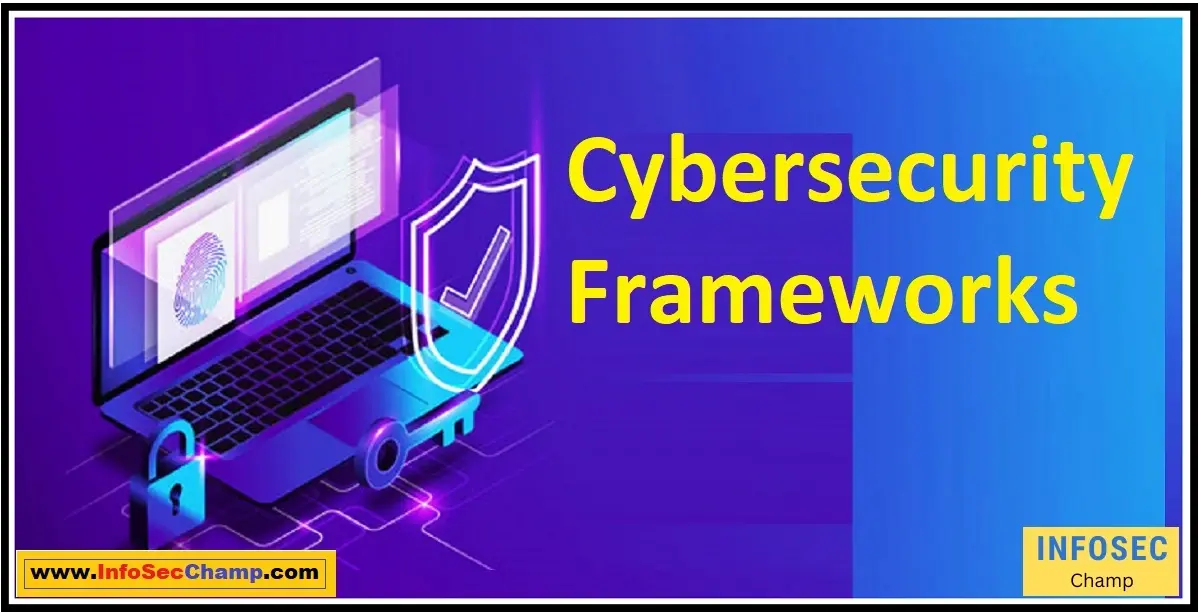Do you want to strengthen the cybersecurity posture of your business and safeguard your priceless digital assets? Utilizing the strength of tested Cybersecurity Frameworks to establish a solid groundwork for protecting your data is the key. Having a solid strategy in place to protect your sensitive information is more crucial than ever given the rise in online threats.
We’ll look at the top Cybersecurity Frameworks in this thorough guide, which have been crucial in assisting businesses and organizations all over the world in improving their security procedures. You may reduce risks, ensure compliance, and protect your digital assets from the always-changing threat landscape by comprehending and adopting the appropriate framework for your business.
Understanding the Importance of Cybersecurity Frameworks
Organizations must establish and put into place efficient Cybersecurity Frameworks due to the increase in cyber threats. These frameworks offer a methodical approach to detecting, controlling, and reducing cyber risks while preserving the privacy, availability, and integrity of sensitive data. Organizations can better understand their present security posture and take concrete steps to enhance it by utilizing the advice of leading frameworks like the NIST Cybersecurity Framework, ISO/IEC 27001, and CIS Critical Security Controls. A clearly defined cybersecurity strategy also aids in complying with industry-specific rules like PCI DSS, lowering the risk of fines and reputational harm due to non-compliance.
Comparing Popular Cybersecurity Frameworks
There are a number of Cybersecurity Frameworks available, each with particular advantages and areas of focus. The National Institute of Standards and Technology (NIST) developed the NIST Cybersecurity Framework, a widely used risk-based strategy for addressing cybersecurity threats. A widely accepted international standard for information security management systems, ISO/IEC 27001 emphasizes ongoing development and incorporates the Plan-Do-Check-Act cycle.
The CIS Critical Security Controls are a set of prioritized procedures that offer a strong framework for enhancing general security. Information risk can be understood, examined, and quantified in terms of money using the FAIR Framework (Factor Analysis of Information Risk). Last but not least, in order to protect cardholder data, firms that process credit card transactions are required to adhere to the Payment Card Industry Data Security Standard (PCI DSS).
Implementing Cybersecurity Frameworks in Your Organization
Planning carefully and having a firm grasp of your security goals are necessary for integrating Cybersecurity Frameworks into your company. Start by evaluating the security posture of your organization as it stands now and finding any gaps that require filling.
To match the size, sector, and requirements of your organization, pick the best framework or a combination of frameworks, such as the NIST Cybersecurity Framework, ISO/IEC 27001, or CIS Critical Security Controls. Engage stakeholders and offer the required training to ensure implementation success. Regularly evaluate the framework’s performance and make improvements as necessary to address new threats and develop business requirements.
Keeping Your Digital Assets Safe with the Right Framework
Protecting your digital assets requires choosing the appropriate cybersecurity framework for your business. When selecting a framework, take into account elements including your organization’s size and complexity, industry-specific requirements, and compliance standards.
For instance, the PCI DSS is specially created for businesses that process credit card transactions, whereas the NIST Cybersecurity Framework is more flexible and can be modified to suit a wide range of organizations. Your digital assets may be protected from threats, the risk of data breaches can be reduced, and business continuity can be ensured by implementing appropriate frameworks like ISO/IEC 27001 or CIS Critical Security Controls.
Continuous Improvement and Monitoring with Cybersecurity Frameworks
A strong cybersecurity plan necessitates ongoing evaluation and supervision. Cybersecurity Frameworks such as the FAIR Framework, ISO/IEC 27001, and NIST Cybersecurity Framework offer instructions on how to set up a continuous process of assessment, modification, and improvement.
To keep up with developing threats and shifting business requirements, you should routinely review and update your security policies, processes, and controls. Utilize a risk-based strategy, giving the highest priority to actions that address the biggest threats to the digital assets of your organization. Encourage a culture of cybersecurity awareness and training, making sure that every employee is aware of their responsibility for protecting sensitive data and upholding a robust security posture.
Conclusion:
Protecting your organization’s digital assets is crucial in the quickly changing digital ecosystem of today. Your organization’s security posture can be considerably improved by effectively implementing Cybersecurity Frameworks like the NIST Cybersecurity Framework, ISO/IEC 27001, and CIS Critical Security Controls. Understanding, contrasting, and combining these frameworks can help you meet the particular problems faced by your sector, maintain compliance, and safeguard your sensitive data.
Keep in mind that maintaining cybersecurity requires regular monitoring and upgrading in order to remain ahead of new threats. With the help of tested Cybersecurity Frameworks, it’s time to seize the initiative and bolster your company’s defenses.

FAQs:
What is the NIST Cybersecurity Framework?
A: The National Institute of Standards and Technology (NIST) created the NIST Cybersecurity Framework as a risk-based, voluntary framework to assist organizations in managing and lowering cybersecurity risks. It offers a structured method for detecting, evaluating, and managing cybersecurity risks, and both public and private sector organizations have mostly adopted it.
What are the benefits of implementing a cybersecurity framework?
A cybersecurity framework can improve security posture, risk management, compliance with industry-specific rules, stakeholder trust, and an organized approach to tackling cybersecurity challenges, to name a few advantages.
How do I choose the right cybersecurity framework for my organization?
A: Take into account your organization’s size, industry, unique requirements, and compliance duties while selecting the best cybersecurity architecture. Determine which framework best suits the requirements of your organization by comparing the advantages and key areas of each, such as the NIST Cybersecurity Framework, ISO/IEC 27001, and CIS Critical Security Controls.
Golden Quote:
“A strong cybersecurity strategy is built on the foundation of solid frameworks and constant vigilance.”


Very informative article and we must start taking right steps towards securing our organisation information and key data.
Admin – Nice Article! InfoSecChamp.com